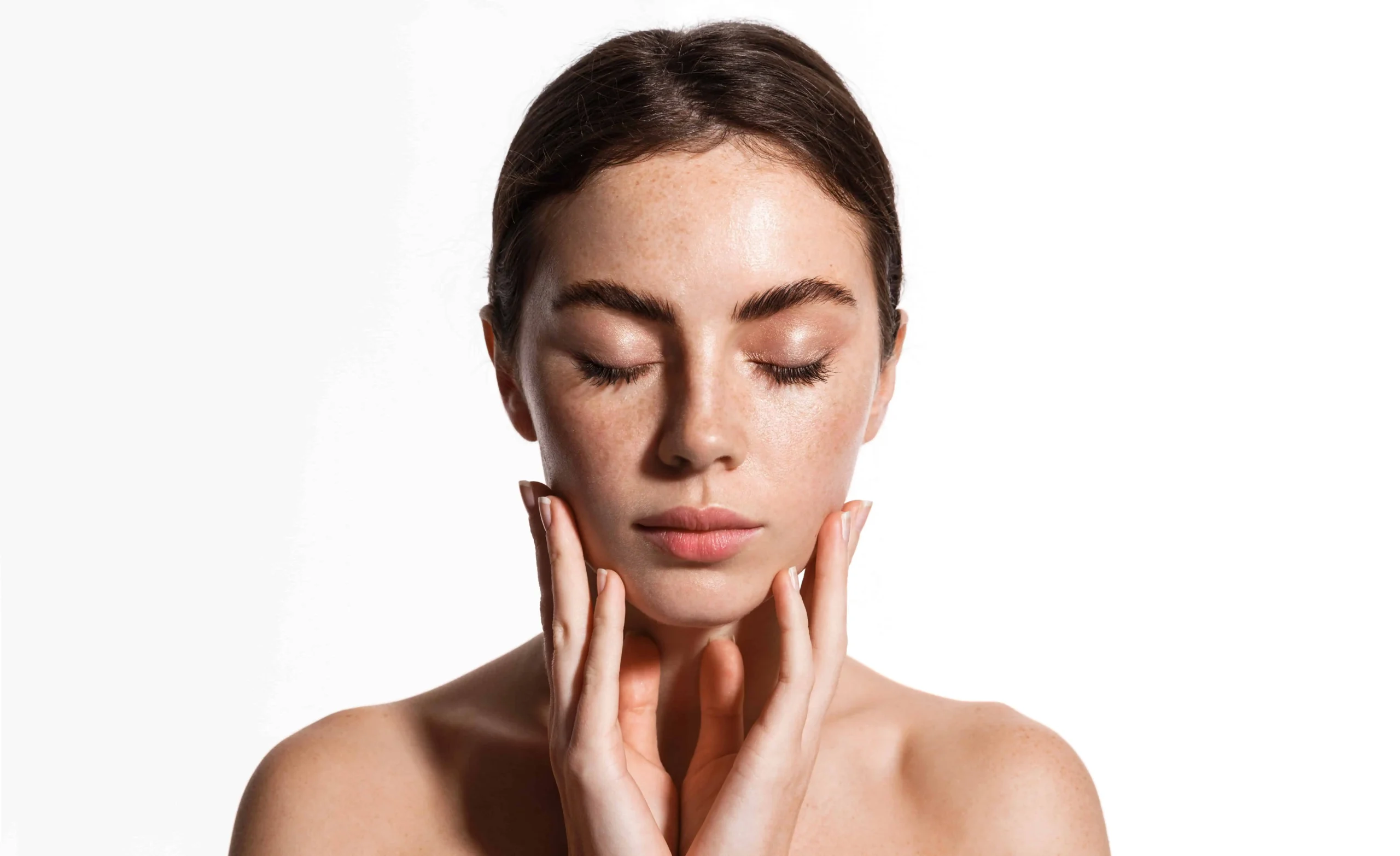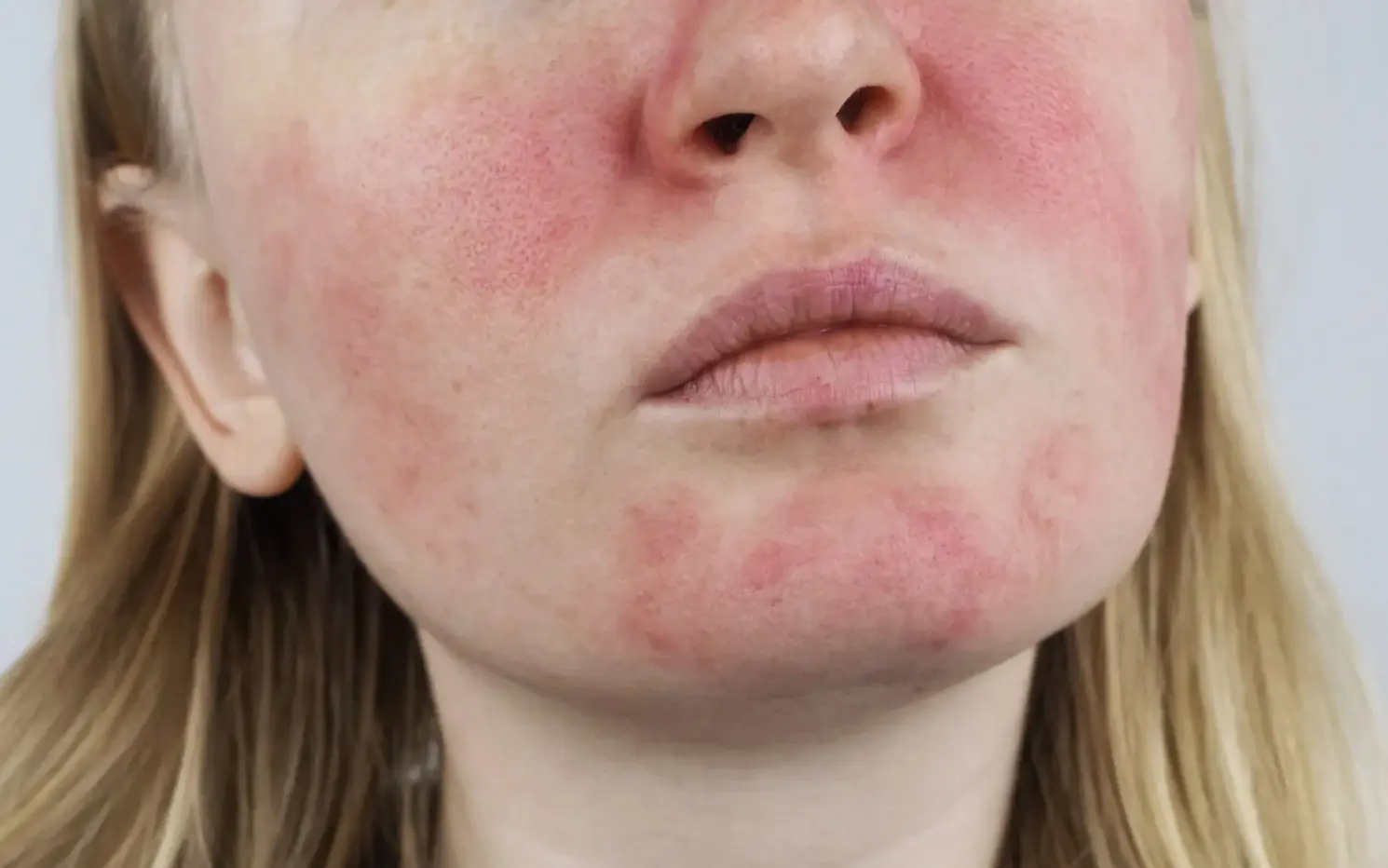Understanding how your menstrual cycle influences your skin can be a game-changer in achieving a glowing complexion. Hormonal fluctuations throughout your cycle can affect everything from oil production to skin sensitivity. By tailoring your skincare routine to align with the different phases of your menstrual cycle, you can address specific skin concerns more effectively and maintain healthier skin year-round. Here’s a comprehensive guide to adjusting your skincare routine according to each phase of your cycle.
Understanding the Menstrual Cycle
The menstrual cycle is typically divided into four main phases, each lasting about a week. These phases are:- Menstrual Phase (Days 1-5)
- Follicular Phase (Days 6-14)
- Ovulatory Phase (Days 15-17)
- Luteal Phase (Days 18-28)
Menstrual Phase (Days 1-5)
Skin Characteristics:
- Potential Issues: Dryness and sensitivity may be more pronounced. Some people experience redness or irritation.
- Why: Hormone levels are at their lowest, which can affect skin hydration and overall appearance.
Skincare Tips:
- Gentle Cleansing: Use a mild, hydrating cleanser to avoid stripping the skin of natural oils.
- Hydration Boost: Opt for a rich moisturizer with ingredients like hyaluronic acid and ceramides to keep your skin hydrated.
- Soothing Ingredients: Incorporate calming ingredients like chamomile or aloe vera to soothe any irritation.
- Avoid Exfoliation: Your skin might be more sensitive, so limit physical exfoliation and focus on gentle chemical exfoliants if needed.
Follicular Phase (Days 6-14)
Skin Characteristics:
- Potential Issues: Your skin may appear brighter and more even as estrogen levels rise. Oil production can start to increase.
- Why: Higher estrogen levels promote collagen production and skin repair, often leading to a healthier complexion.
Skincare Tips:
- Brightening Treatments: Take advantage of this phase by using products with Vitamin C or niacinamide to enhance skin radiance.
- Balancing Act: As oil production increases, consider using a lightweight, non-comedogenic moisturizer to maintain hydration without clogging pores.
- Exfoliation: This is a good time to incorporate exfoliation (both physical and chemical) into your routine to remove dead skin cells and promote a smooth texture.
Ovulatory Phase (Days 15-17)
Skin Characteristics:
- Potential Issues: Skin is often at its best, with good hydration and a balanced complexion. However, some may experience increased oiliness or minor breakouts due to peak hormone levels.
- Why: Estrogen is at its highest, leading to optimal hydration and elasticity.
Skincare Tips:
- Maintain Routine: Continue with your brightening and balancing products, but monitor oil levels and adjust your moisturizer if necessary.
- Focus on Protection: Use a broad-spectrum sunscreen to protect your skin from UV damage and maintain even skin tone.
- Lightweight Formulas: Opt for lightweight, oil-free products to keep your skin fresh and dewy without excess shine.
Luteal Phase (Days 18-28)
Skin Characteristics:
- Potential Issues: You might experience increased oiliness, breakouts, or sensitivity as progesterone levels rise. This phase can also cause skin to feel drier or more irritated.
- Why: Progesterone can stimulate oil production and affect skin’s barrier function.
Skincare Tips:
- Acne Control: Use products containing salicylic acid or benzoyl peroxide to manage breakouts and keep pores clear. Spot treatments can be particularly effective.
- Deep Hydration: Switch to a richer moisturizer if your skin feels dry or irritated. Opt for ingredients like squalane or shea butter.
- Avoid Heavy Products: Stick to non-comedogenic products to prevent clogged pores and acne.
- Anti-Inflammatory Ingredients: Incorporate products with anti-inflammatory ingredients like green tea extract or chamomile to reduce redness and irritation.
General Tips for All Phases
- Consistent Routine: Maintain a consistent skincare routine with gentle cleansing, moisturizing, and sun protection to support overall skin health.
- Listen to Your Skin: Your skin’s needs may vary even within the same phase. Adjust your routine based on your skin’s current condition.
- Stay Hydrated and Eat Well: Proper hydration and a balanced diet support skin health and can help mitigate some hormonal skin issues.





